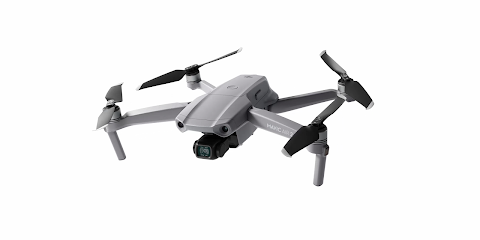Generation of computer
First Generation :
Its starts from 19th century
AD. Nearly between 1946 to 1959. Vacuum tube based computers.
It’s a vacuum tube base computer. These produced lot of heat
as well as it is very expensive. Due to its huge price only large organization/company
were able to buy.
In this generation, the operating system use was mainly
batch processing. Punch card, Magnetic Tape and Paper Tape was used as input and
output devices
Characteristics of there type are :
- Slow input and output device
- Very costly
- Huge in size
- Required a Air Conditioner (A.C.)
- Consumed too much Electricity
Examples : UNIVAC, ENIAC, IBM-650 etc.
Second Generation:
Its starts nearly between 1957 to 1965. Transistor based computers.
Its starts nearly between 1957 to 1965. Transistor based computers.
In this generation transistors were used because it is cheaper and consumed less electricity. It is more reliable, more compact and faster than first generation computers. Assembly language and high level programing language like FORTRAN, COBOL were used in this computers.
Characteristics of there type are :
- Consumes less power, Smaller in size, generate less heat and faster than first generation computers.
- But still cost is high
- Air Conditioner also required
Examples : CDC 1604, IBM 1620, UNIVAC 1108 etc.
Third Generation :
The period starts from
1965 to 1970. Integrated Circuit based computers.
The computers of third generation used Integrated Circuits
(ICs) in place of transistors used in second generation. A single IC has many
transistors, resistors and capacitors along with its associated circuitry. This
development made computers smaller in size, reliable and efficient. The
operating system were used in this generation was remote processing,
time-sharing and multiprogramming. High level languages like fortran-II to IV,
COBOL, PASCAL PL/1, ALGOL-68, BASIC etc. were used in this generation.
Characteristics of this type of computers were:
- Smaller in size, More reliable than previous two generations
- IC used
- Generated less heat, faster than previous generations
- Cost is still high, AC required
- Support high level language
- Consumed lesser electricity
Examples : IBM 360 series, Honeywell 6000 series, IBM 370,
TDC 316 etc.
Forth Generation :
The period starts from 1971 to 1980. It is VLSI
microprocessor-based computers.
In forth
generation Very Large Scale Integrated (VLSI) circuits used. VLSI circuits
having about 5000 transistors and other elements with their associated circuits
on a single chip made it possible to have microcomputers of fourth generation.
This generation became more powerful, reliable, compact and affordable. Due to
this, it gave rise to Personal Computer (PC) and people buy them for their
personal uses. This computer generation uses operating systems like time
sharing, real time networks, distributed operating system. High level languages
as C, C++, DBASE etc., were used in this generation.
Characteristics
of this type of computers were:
- VLSI technology used
- Very cheap, Portable and reliable as well as very small in size
- Pipeline processing
- No AC required
- Concept of internet was introduced, great developments in the fields of networks
- Computers became easily available
Examples :
STAR 1000, DEC 10, PDP 11, CRAY-1(SUPER COMPUTER), CRAY-X-MP(SUPER COMPUTER)
Fifth Generation :
It starts from 1980 up to onwards. ULSI microprocessor-based
computers
In the fifth generation, VLSI technology became ULSI (Ultra
Large Scale Integration) technology, resulting in the production of
microprocessor chips having millions of electronic components. This generation
is based on parallel processing hardware and AI (Artificial Intelligence)
software. AI is an emerging branch in computer science, which interprets the
means and method of making computers think like human beings. All the high
level languages like C, C++, Java, .Net, etc. are used in this generation.
Characteristics of this type of computers were:
- ULSI technology
- Development of ture artificial intelligence
- Advancement in Parallel Processing
- Advancement in Superconductor technology
- More user-friendly interfaces with multimedia features
- Availability of very powerful and compact computers at cheaper rates
- Includes AI (Robotics, Game Playing, Neural Networks, Development of expert systems to make decisions in real-life situations, Natural language understanding)
Examples : Desktop, Laptop, Notebook, Ultrabook, Chromebook
etc.










0 Comments